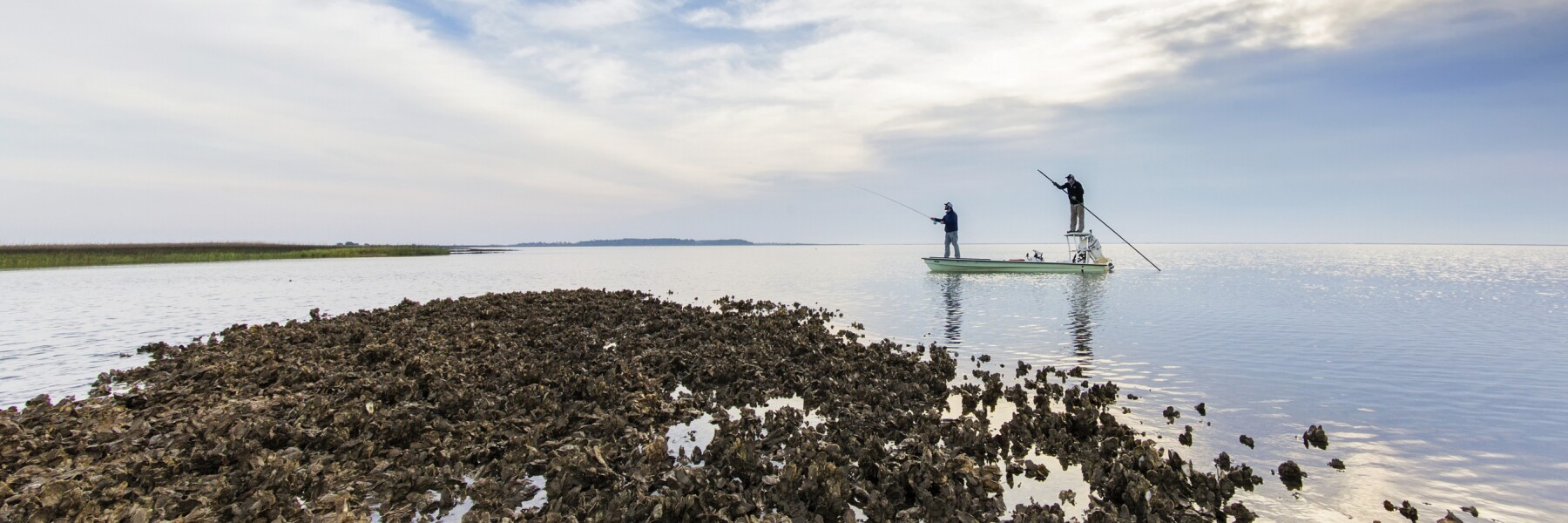The continuous stream of news and images of the devastating flooding in Louisiana this week serve as a stark reminder that for the southeastern United States, the season of extreme weather has arrived. The destructive power of water is a constant threat in the region, whether it be the storm surge that overtook the Gulf Coast during Hurricane Katrina or the record-shattering rainfall that has inundated communities further inland in recent days.
Policymakers, engineers and citizens across the country are looking for better ways to protect our homes, businesses and communities from the damaging impacts of increasingly frequent severe weather. When it comes to the Gulf coast, the shore’s own natural resources are a critical line of defense for the region.
Living shorelines – natural and nature-based structures along the coast – have the potential to help protect coastal communities, businesses and ecosystems alike from the destructive power of storms. While levees and other manmade structures are designed to hold back floodwaters, living shorelines like wetlands, sand dunes, mangroves and reefs absorb the surge. Living shorelines combine with levees and sea walls to create multiple lines of defense for coastal communities. What’s more, natural structures like barrier islands and oyster reefs are often less costly to build and maintain than manmade “gray infrastructure.” And throughout the entire year – not just storm season – living shorelines serve as habitats for the fish and shorebirds that sustain coastal seafood and recreation industries.
Most importantly, the National Oceanic and Atmospheric Administration found in 2015 that coastal areas with living shorelines experience less damage during severe storms, and bounce back more quickly afterward. Solutions like living shorelines – meaningful restoration strategies that support local families, strengthen the economy and protect critical natural resources – are the pillars of the Walton Family Foundation’s approach to restoring the Gulf Coast.
That’s why organizations supported by the foundation are pushing to make sure that living shorelines projects are part of the package of restoration efforts that will be funded by the more than $14 billion that will flow to the Gulf Coast as a result of 2010 oil spill fines. Some of the projects initially funded by those dollars seek to do just that:
In Alabama, the Swift Tract Living Shoreline would protect nearly two miles of critical shoreline from erosion and storm surge while creating an important habitat for oysters. Another proposed project in the state would restore 600 acres of oyster reefs across the Alabama coast, protecting coastal communities and sustaining Alabama’s critical seafood business. In neighboring Mississippi, advocates are working to construct over four miles of breakwaters and 272 acres of reef habitat to better protect residents and businesses located on the coast.
Living shorelines is one example of the kind of common-sense restoration that funds resulting from the oil spill should support. The solutions that last are the ones that make economic sense and work for local families while protecting the natural resources they depend on every day.




